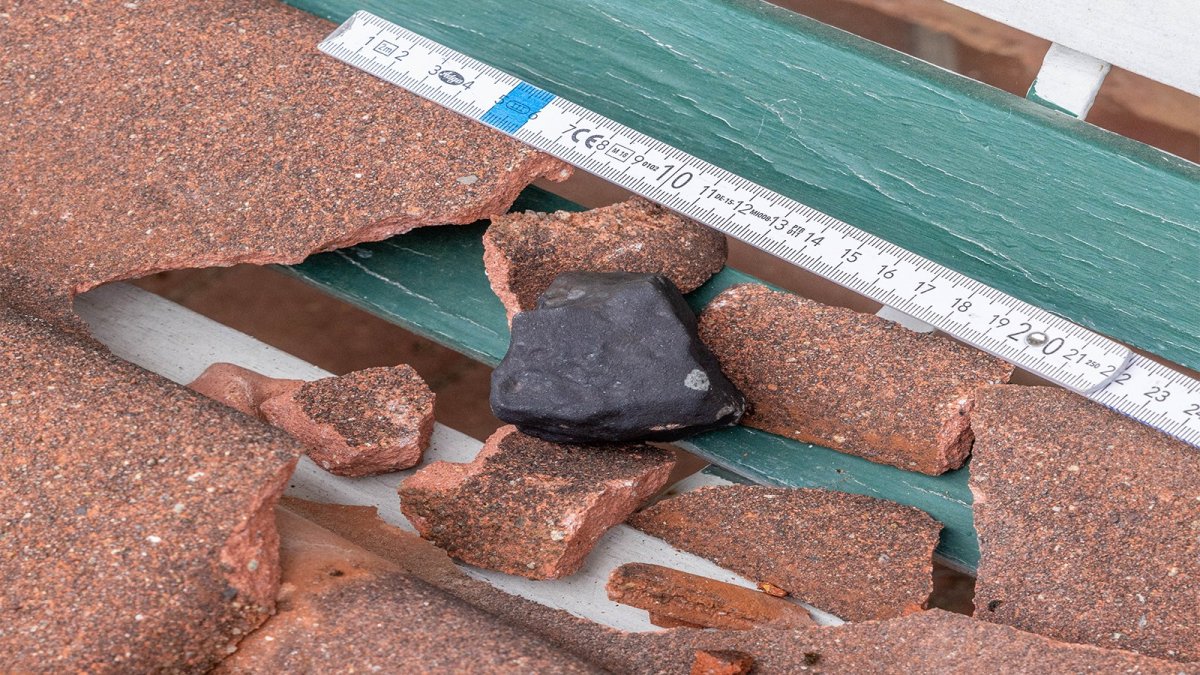Last month marked the meteorite fall in Elmshorn, Germany, when fragments of the H-type chondrite fell over the city on April 25th. The German Aerospace Center (DLR) conducted a preliminary investigation of the fragments, discovering that the meteorite is a common chondrite with high iron content that originated in the asteroid belt between Mars and Jupiter.
A total of about four kilograms of meteorite rock was recovered in Elmshorn. Two fragments hit house roofs, while others were found in gardens. The largest fragment found weighed 3724 grams, which is significant for researching the origin and history of the meteorite.
Dieter Heinlein, meteorite expert at DLR, stated that the best thing about this meteorite fall is that the finds were reported quickly, allowing for immediate investigation. With quick investigation, valuable clues for planetary research can be gathered through the study of short-lived radioisotopes.
Heinlein was able to verify that the meteorite was indeed responsible for damaging house roof tiles through photos taken by journalists. The first fragment found was still warm and was made available for study by the owners.
The “Elmshorn” meteorite is intensively brecciated, meaning that the rock is assembled from fragments or baked together by heat. This indicates that the meteorite was formed through previous impacts in the asteroid belt.
The meteorite fall in Elmshorn is the second observed meteorite fall in Germany, after the Flensburg fall in autumn 2019. An analysis of the Flensburg meteorite showed that it belonged to an extremely rare meteorite class.
Two weeks ago, a similar meteorite fall occurred in Hopewell, New Jersey, where a local resident found a 984 gram meteorite that had smashed through the ceiling of her father’s bedroom. This meteorite is also a significant opportunity for exploration.



